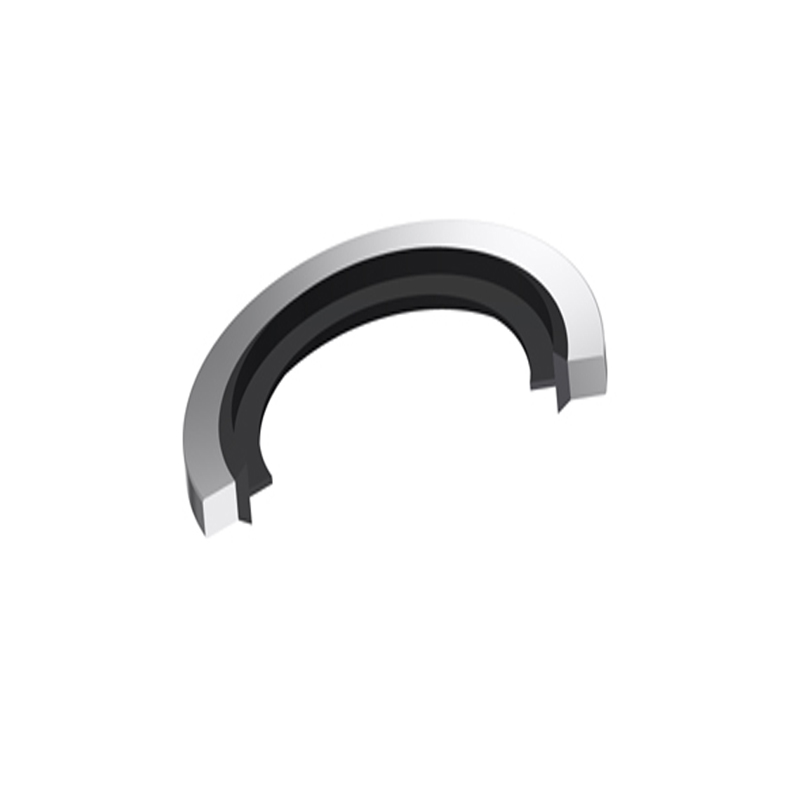Rear Seal Replacement for Transfer Case Maintenance and Performance Enhancement
Understanding Rear Transfer Case Seal Importance and Maintenance
The rear transfer case seal is a critical component in vehicles equipped with all-wheel drive (AWD) or four-wheel drive (4WD) systems. This seal plays a crucial role in ensuring that the transfer case operates efficiently and effectively by preventing the leakage of transmission fluid. In this article, we will delve into the importance of the rear transfer case seal, the symptoms of a failing seal, and how to maintain it properly.
Importance of the Rear Transfer Case Seal
The transfer case is responsible for distributing power from the transmission to the drive wheels. It houses essential gears and lubricants that enable the vehicle to shift between two-wheel drive and four-wheel drive modes. The rear transfer case seal is positioned at the back of the transfer case where the output shaft exits. This seal is designed to keep the transmission fluid contained within the transfer case, providing adequate lubrication to the internal components.
A properly functioning rear transfer case seal helps to maintain optimal performance of the drivetrain system. When the seal is in good condition, it minimizes the risk of fluid leaks, which can lead to inadequate lubrication, overheating, and ultimately, severe damage to the transfer case. Therefore, paying attention to the condition of the rear transfer case seal is essential for the longevity of your vehicle’s drivetrain.
Signs of a Failing Rear Transfer Case Seal
Like many components in a vehicle, the rear transfer case seal can wear down over time due to exposure to heat, vibration, and fluid contaminants. Here are some symptoms that may indicate a failing rear transfer case seal
1. Fluid Leaks One of the most noticeable signs of a failing seal is the appearance of transmission fluid leaks beneath the vehicle. If you notice red or brown fluid pooling under the rear of the vehicle, it’s essential to investigate further.
2. Noise A failing seal can lead to insufficient lubrication, causing the transfer case components to wear and produce unusual noises. Grinding or whining sounds may indicate that the seal has failed, allowing fluid to escape.
rear transfer case seal

3. Improper Shifting If the vehicle has difficulty shifting between different drive modes, it may point to an underlying issue with the transfer case, potentially linked to the rear seal.
4. Warning Lights Modern vehicles are equipped with onboard diagnostic systems that may trigger warning lights if the transfer case is not functioning correctly. An illuminated check engine light could signal an issue related to the transfer case or its seals.
Maintaining the Rear Transfer Case Seal
To prolong the life of the rear transfer case seal, routine maintenance is essential. Here are some tips to keep in mind
- Regular Inspections Periodically check the transfer case for any signs of leaks or damage. Pay attention to the fluid levels; low levels may indicate a leak.
- Fluid Changes Follow the manufacturer’s recommendations for changing the transfer case fluid. Fresh fluid contains antioxidants and other additives that help protect the seal and other drivetrain components.
- Prompt Repairs If you notice any signs of a failing rear transfer case seal, address the issue immediately. Ignoring the problem can lead to more extensive damage and costly repairs.
Conclusion
Maintaining the rear transfer case seal is a crucial aspect of vehicle upkeep for those with AWD or 4WD systems. Being vigilant about potential symptoms of failure and practicing regular maintenance can prevent significant issues down the line. By ensuring the rear transfer case seal is in good condition, vehicle owners can enjoy a smoother ride and enhance the overall lifespan of their vehicle’s drivetrain system. Regular inspections and timely repairs can save time, money, and ensure a safe driving experience.
-
Understanding Automotive Oil Seals: Essential Components for Engine and Shaft Protection
News Jul.30,2025
-
The Importance of Heavy Duty Seals in Industrial and Residential Applications
News Jul.30,2025
-
Exploring Industrial Oil Seals: From Felt Oil Seals to TTO and CFW Solutions
News Jul.30,2025
-
Essential Guide to Oil Seals: From Radial to Metal-Cased Seals for Industrial Reliability
News Jul.30,2025
-
Choosing the Right Oil Seals and Gaskets for Industrial and Automotive Applications
News Jul.30,2025
-
Cassette Seals: Durable Sealing Solutions for Harsh Environments
News Jul.30,2025
-
Understanding the Front Main Engine Seal: Purpose, Maintenance, and Installation
News Jul.29,2025
Products categories















